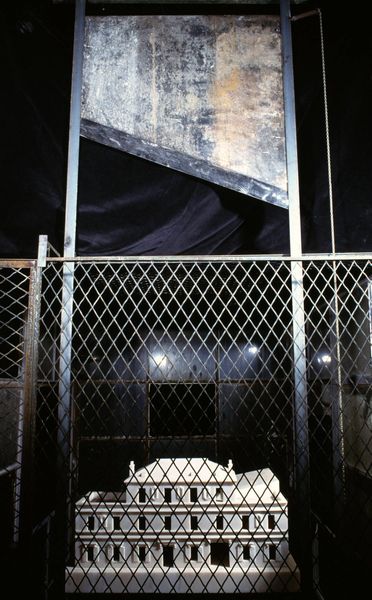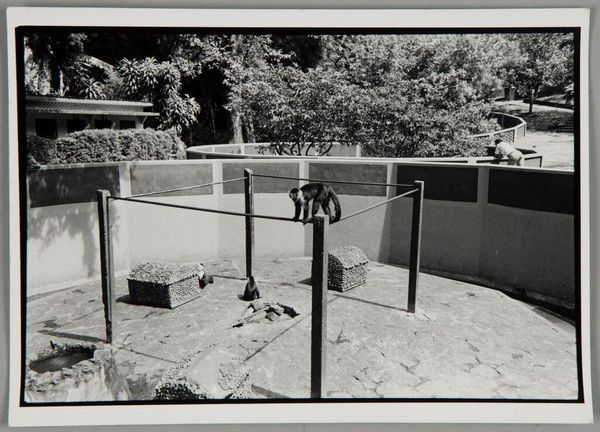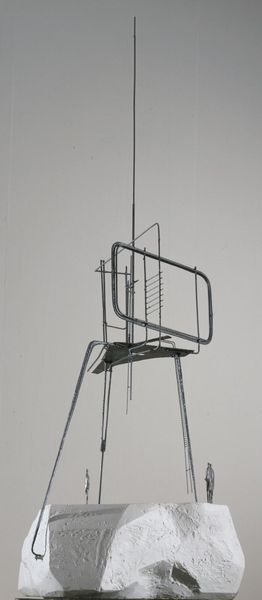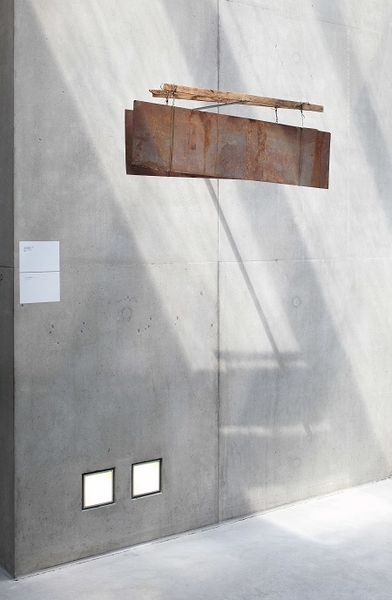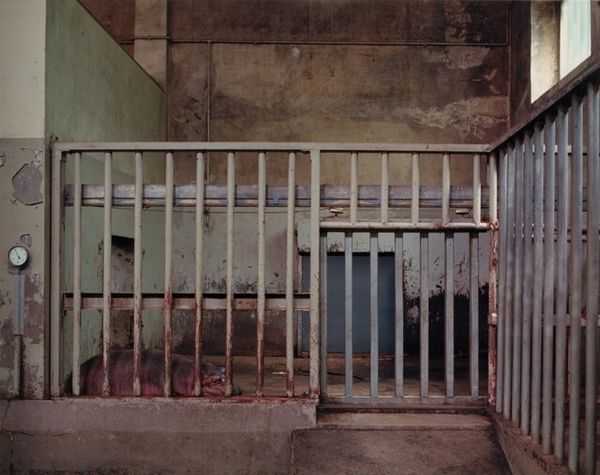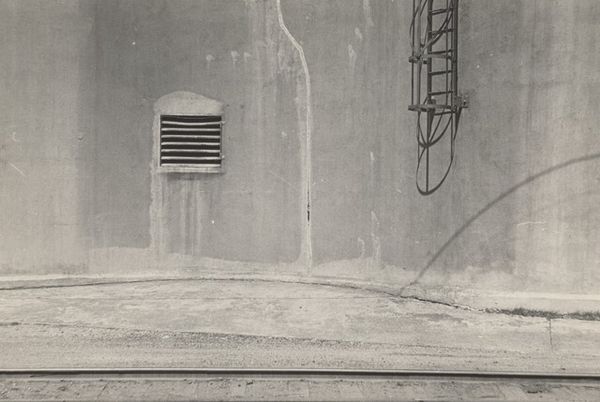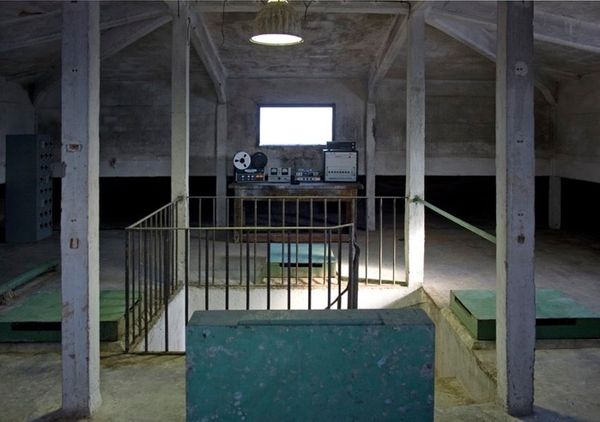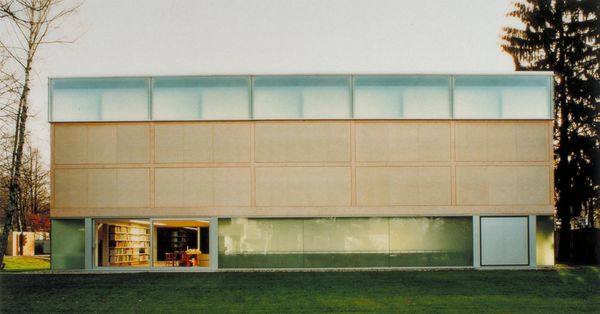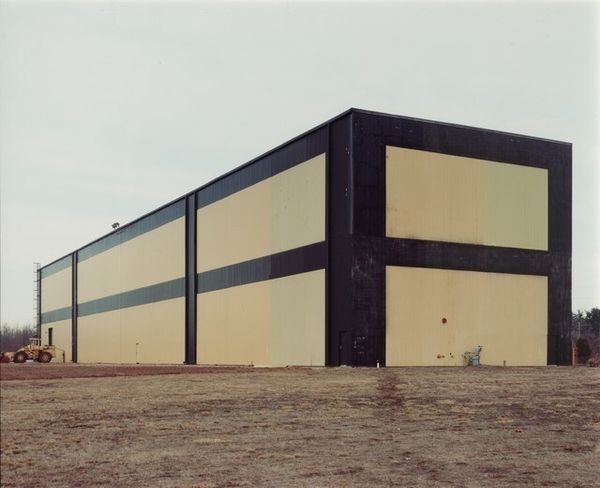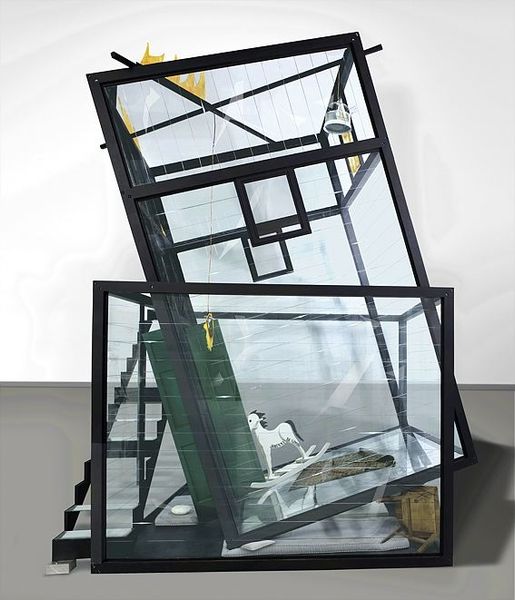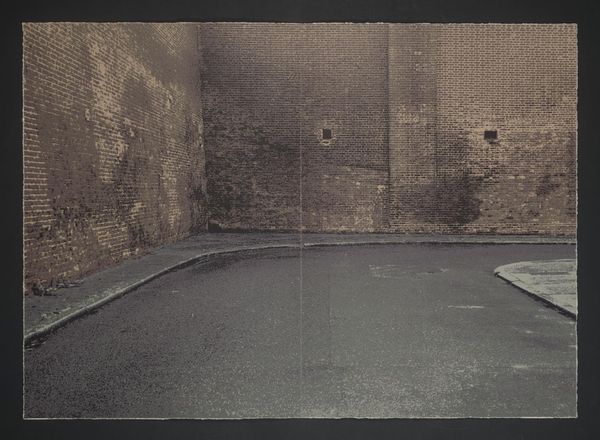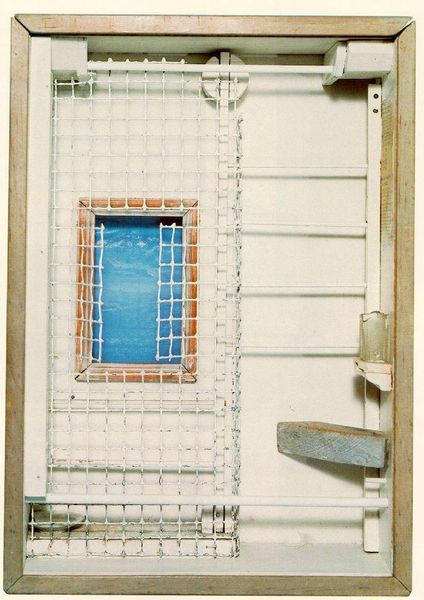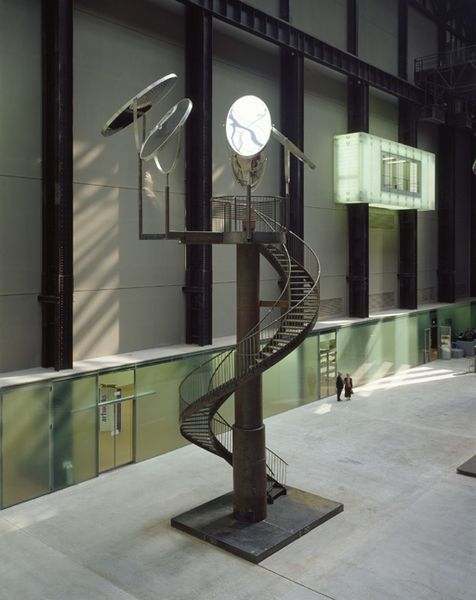
photography
#
portrait
#
public art
#
landscape
#
photography
Dimensions: image/sheet: 16 × 20 cm (6 5/16 × 7 7/8 in.) mount: 20.32 × 25.4 cm (8 × 10 in.)
Copyright: National Gallery of Art: CC0 1.0
Editor: This is Volker Seding's photograph, "Hamadryas Baboon, Oakland Zoo," taken in 1986. It shows two baboons inside what looks like their enclosure. I’m struck by how the bars and netting almost flatten the space, like a stage set, but a rather depressing one. What do you see in it? Curator: For me, it speaks volumes about the historical role of zoos. They reflect our shifting attitudes toward nature and our complex relationship with the animal world. It's a photograph, yes, but it’s also a document of institutional power. Think about who gets to look, who is looked at, and the politics inherent in that gaze. Editor: That’s interesting. So, you're saying the image is not just about the baboons, but about the social structure of the zoo itself? Curator: Precisely. The zoo, as a public institution, embodies a specific ideology. Consider the purpose of displaying animals: is it purely educational, or is there a controlling aspect involved, showcasing human dominion over nature? The architectural style of the enclosure is stark. Does this, perhaps, emphasize the separation and control? Editor: It makes me wonder if Seding was intentionally commenting on the ethics of keeping animals in captivity, or if he was simply documenting the zoo. Curator: The artist's intentions are always elusive, aren't they? But, by presenting the scene in this way, Seding, consciously or unconsciously, invites us to question the role and the underlying premises of such institutions. It’s not simply a neutral observation, it's loaded with implications. Editor: I never thought about zoos that way. It definitely gives me a new perspective on the image. Curator: Exactly! It prompts us to look critically at the images we consume and consider the broader historical context in which they are produced and circulated.
Comments
No comments
Be the first to comment and join the conversation on the ultimate creative platform.
